Autonomous Sensory Meridian Response, better known by its acronym ASMR, is a comforting, often tingling sensation triggered by specific sights, sounds, or role-play scenarios. For millions of people worldwide, ASMR videos provide a few minutes of calm, focus, or even help with sleep. That simple, intimate feeling has made ASMR a global phenomenon and an unexpected tool for marketers who want to cut through noise and create emotional, sensory-based connections with consumers.
Why should marketers care? Because modern attention is fractured: banner blindness, short attention spans, and endless content mean that brands must find new ways to capture attention and create feelings. ASMR does that by using subtle audio-visual cues to evoke relaxation, trust, and prolonged engagement. These elements are useful for building brand affinity and recall. Recent brand experiments (from global retailers to fast-food chains and beverage makers) show ASMR can be harnessed intentionally if done respectfully and skillfully.
What is ASMR?
A clear definition
ASMR (Autonomous Sensory Meridian Response) is a subjective sensory phenomenon in which certain stimuli produce a pleasurable, often tingling sensation that starts on the scalp and can travel down the neck and spine. It is commonly accompanied by a feeling of calm and increased focus.
The science: what research shows
ASMR is not just internet folklore; researchers have studied its psychological and physiological correlates. Laboratory and online studies report that people who experience ASMR often report increased positive affect and relaxation. Physiological measures show features such as reduced heart rate and changes in skin conductance when ASMR is triggered. That mix of relaxation and gentle arousal helps explain why ASMR can be both calming and attention-grabbing.
Common ASMR triggers
ASMR triggers are varied but often predictable. Common triggers include:
- Whispering or soft speaking
- Tapping (fingertips on glass, wood, plastic)
- Crinkling (wrappers, paper, foil)
- Pages turning, writing sounds, and stationery noises
- Slow, methodical actions (folding towels, brushing fabrics)
- Eating or crunching sounds (a subset sometimes called “mukbang ASMR”)
- Role-play scenarios (haircuts, doctor exams, product demonstrations)
ASMR creators, often called “ASMRtists,” deliberately combine these triggers to craft a sensory experience for viewers. Platforms such as YouTube and TikTok have become the primary homes for ASMR content, with long-form and short-form formats both thriving.
The Psychology of ASMR and Consumer Behavior
Why ASMR works on the brain and body
ASMR engages multiple pathways: it is sensory (sound and sight), emotional (calmness, comfort), and social (the intimacy of whispering or role-play). Neurophysiological research suggests ASMR can reduce heart rate in some viewers and increase measures of physiological arousal in others. The combination produces focused relaxation rather than sedation. That state is highly valuable for marketers: relaxed but engaged audiences are more receptive to storytelling and emotional messaging.
Influence on emotions, relaxation, and trust
When a viewer feels calm and safe, their emotional defenses are lowered, which increases openness to messaging. The quasi-personal, intimate nature of many ASMR videos (one-on-one role-plays, direct-to-camera whispering) can build perceived closeness and trust between the creator (or brand) and the audience. Trust, in turn, supports higher engagement and can positively influence brand perception.
Linking ASMR experience to brand perception
Brands that deploy ASMR thoughtfully can create sensory associations. For example, soft fabric sounds that connect to comfort and home, or crisp tapping sounds associated with precision or craftsmanship. Those associations become mental shortcuts: when consumers hear similar sounds later, they may unconsciously recall the brand and its message. This sensory branding effect is subtle but powerful when integrated into a broader creative strategy.
Also Read: 7 Visual Social Media Tips For Your Small Business
The Rise of ASMR in Digital Media
A brief history
ASMR’s rise is a digital-native story. What began as a niche set of videos on YouTube in the early 2010s evolved into a broad genre with millions of followers. Influencers and ASMRtists refined role-play formats and production values, expanding the audience beyond early adopters to mainstream viewers. Over the past decade, major brands noticed the phenomenon and began experimenting with ASMR-style content.
How creators popularized ASMR
Individual creators played the biggest role: large channels with millions of subscribers explored creative variations (from faux haircuts to elaborate role-plays and sound mixes), proving that audiences would watch long-form ASMR for comfort, focus, or sleep. Collaborations, remakes, and viral experiments (for example, full-movie ASMR adaptations) further legitimized ASMR as both entertainment and a marketing channel.
Platforms and reach
YouTube remains a powerhouse for ASMR due to its tolerance for long-form videos and discovery features, while TikTok accelerated short-form, snackable ASMR that spreads quickly via trends and sounds. Video consumption statistics show the value of visual and audio formats for marketers. Longer watch times and deeper engagement are possible when content taps into sensory and emotional drivers.
Also Read: 10 Social Media Marketing Trends in 2025 You Can’t Afford to Miss
Uses of ASMR in Marketing
Brand campaigns
Several well-known brands have used ASMR-style content to create memorable ads and brand experiences:
- IKEA released an ASMR-inspired set of videos and longer spots focused on tactile home experiences, using household sounds to promote comfort and sleep-related products.
- Michelob Ultra ran a widely discussed Super Bowl spot that used whispering and careful sound design to create an ASMR-like experience, boosting conversation and searches for ASMR.
- KFC experimented with ASMR in multiple ways, including tapping and frying sounds and, most recently, a partnership that turned the sound of frying chicken into sleep or relaxation audio via a collaboration with a sleep company. That shows how a food brand can extend sensory assets beyond hunger cues to relaxation cues.
Other categories, from personal care brands to hospitality and luxury, have explored softer soundscapes, tapping into relaxation, indulgence, and meticulous craftsmanship.
How ASMR marketing captures attention and builds emotional connections
ASMR marketing works because it is inherently sensory-first. Rather than relying solely on visuals or claims, it uses audio and tactile implied cues to provoke an immediate feeling. That feeling often translates to longer watch times, repeat views, and stronger recall, especially when paired with clear brand signals such as a logo, product shot, or signature sound.
Industries best positioned for ASMR
ASMR fits particularly well with industries that already sell sensory experiences:
- Food and Beverage: crispness, fizz, pouring, unwrapping sounds.
- Home and Furniture: fabrics, rustling, assembly sounds (comfort and domesticity).
- Beauty and Personal Care: brushing, application, product textures.
- Wellness and Sleep: guided whispers, ambient sounds, sleep aids.
- Luxury and Craftsmanship: detailed handiwork, precision sounds that convey craft and quality.
ASMR can also be used for product demos where sound is a value proposition (for example, electric shavers, kitchen appliances), or for emotional storytelling in hospitality and travel.
Benefits of ASMR Marketing
1. Increased engagement and watch time
ASMR content tends to encourage longer view durations because the experience is sensory and often consumed as a relaxation ritual. Longer watch times improve algorithmic visibility on platforms like YouTube and TikTok.
2. Positive emotional association
When a brand becomes associated with calm, comfort, or pleasure, those emotions transfer to brand perception. That is valuable for retention and consideration.
3. Differentiation in a crowded market
ASMR is still unusual enough that a well-executed sensory spot can stand out in feeds and ad rotations. Brands that do it well are often discussed in the press and on social media, amplifying earned media.
4. Enhancing storytelling and brand identity
Sound can reinforce brand attributes, such as precision, softness, or refreshment. By layering sensory cues with narrative, brands create richer, multi-sensory identities that live beyond a single ad.
Challenges and Limitations
Not everyone experiences ASMR
One of the fundamental limitations is individual variability. Research and viewer surveys show that not everyone experiences ASMR. For some, the stimuli produce no effect, and for a tiny minority, certain sounds can be irritating. Because of that, ASMR should be used as one tactic within a broader strategy, not the sole approach.
Cultural and contextual differences
Cultural norms around personal space and audio intimacy differ. What feels cozy and comforting in one market may feel invasive or odd in another. Local testing and sensitivity are essential.
Overuse and fatigue
Over-saturating an audience with ASMR-style content can lead to decreased efficacy. If every brand in a category uses the same triggers, the novelty, and thus part of the impact, disappears. Moderation and creative differentiation are key.
Ethical considerations
Because ASMR can create lowered resistance and feelings of intimacy, marketers must use it ethically. Avoid manipulative messaging and ensure transparency: do not use sounds to sneak in claims or obscure important information. Also, be mindful of accessibility. Provide captions and alternative formats for those who prefer not to use audio or who have sensory processing sensitivities.
How Brands Can Incorporate ASMR into Strategy: A Practical Guide
If you are considering ASMR for a campaign, follow this step-by-step roadmap.
1. Start with audience research
- Identify segments most likely to respond (sleep or relaxation seekers, wellness audiences, long-form video consumers).
- Survey or test small focus groups to gauge receptivity.
2. Define the campaign objective
- Awareness? Longer watch times? Product trial? Brand affinity? Tailor the creative to the objective.
- For example, long-form ASMR for dwell time versus short syncable clips for social virality.
3. Choose the right triggers that match your product
- Match sounds to product benefits: pouring or fizzing for beverages, fabric rustles for bedding, precise tapping for craftsmanship.
- Align the sensory cue with the brand promise.
4. Production tips: record like a pro
- Use binaural microphones or high-quality stereo mics to create an immersive soundfield.
- Record in a quiet, treated space to avoid unwanted noise.
- Capture sounds in multiple takes and at different distances to give editors options.
- Layer subtle ambient sound to avoid sterile audio.
(Note: binaural recording and careful mic placement are standard in professional ASMR production. If you do not have in-house talent, hire experienced sound engineers or ASMRtists.)
5. Scriptwriting and direction
- Keep dialogue minimal and sensory-focused. Short, repeated actions and clear, deliberate pacing work best.
- If using role-play, build authenticity. Informed role-play (for example, a real stylist) reads better than gimmicky faux interactions.
6. Platform and format selection
- YouTube: best for long-form ASMR content and campaigns that want dwell time.
- TikTok / Reels: short, hook-driven sound bites that can trend and be reused by creators.
- Podcast / Audio platforms: ASMR works in audio-only formats for relaxation or sleep-focused campaigns.
- Consider multi-format distribution: long-form hero content on YouTube, snackable cuts for social, and audio-only versions for sleep apps.
7. Targeting and measurement
- Target by interest (wellness, sleep, ASMR communities) and test lookalike segments.
- KPI examples: watch time, completion rate, view-through conversions, brand lift (survey-based), and sentiment analysis in comments.
8. Collaborate with creators
- Partner with established ASMRtists to borrow credibility and craft.
- They know pacing and triggers their audiences prefer.
- Creator collaboration reduces risk and increases authenticity.
9. Accessibility and testing
- Add captions and alternate sensory experiences (visual triggers, on-screen captions indicating sounds) so non-audio users or hearing-impaired audiences are included.
- Run A/B tests: ASMR versus non-ASMR creative to quantify uplift.
10. Follow ethical guidelines
- Be transparent when the content is sponsored.
- Avoid overstimulation or intentionally manipulative whispering that aims to bypass informed choice.
Frequently Asked Questions
1. What does ASMR mean?
ASMR stands for Autonomous Sensory Meridian Response. It refers to a relaxing tingling sensation triggered by soft sounds or visuals, such as whispering, tapping, or crinkling, often used to reduce stress and enhance calmness.
2. Why is ASMR popular in marketing?
ASMR helps brands create immersive experiences that capture attention and build emotional connections. It stands out in a noisy digital world, making advertisements more memorable, engaging, and effective at building trust with consumers.
3. What industries use ASMR advertising?
Industries such as food and beverage, fashion, hospitality, luxury goods, and wellness have embraced ASMR. Brands use it to highlight sensory details, like food textures or fabric sounds, creating stronger associations with their products.
4. How do ASMR ads affect consumer behavior?
ASMR ads often evoke relaxation, comfort, and trust, which influence consumer perception. These positive emotions make audiences more likely to engage with a brand, remember its message, and form long-term loyalty.
5. Can every audience respond to ASMR marketing?
Not everyone experiences ASMR sensations, and cultural differences affect how people perceive sounds. However, even without tingles, ASMR ads can still engage audiences by offering a soothing, unique, and memorable brand experience.
6. What are the benefits of using ASMR in branding?
ASMR in branding improves engagement, increases watch time, creates positive brand associations, and helps brands stand out in crowded markets. It also enhances storytelling by appealing to sensory experiences beyond visuals.
7. How can brands create effective ASMR campaigns?
Brands can create ASMR campaigns by using high-quality audio, carefully scripting content, selecting the right platforms, and targeting receptive audiences. Collaborating with ASMR influencers and experimenting with sound-driven storytelling can maximize results.
Conclusion
ASMR is not a gimmick. It is a sensory communication tool that, when used thoughtfully, can drive longer engagement, build emotional bonds, and differentiate your messaging. Its strengths are strongest in categories tied to sensory experience, such as food, home, wellness, and beauty. Creative teams can adapt ASMR techniques more broadly, provided they respect audience variability and cultural context.
ASMR is most effective when it is authentic, well-produced, and part of a broader content strategy. If your brand needs to be heard, literally and emotionally, ASMR could be an effective arrow in your creative quiver.
Ready to experiment with sound-first storytelling?
Visit 1Solutions to discuss a tailored ASMR-capable content strategy, production support, and distribution plan that will help your brand be heard, felt, and remembered.



















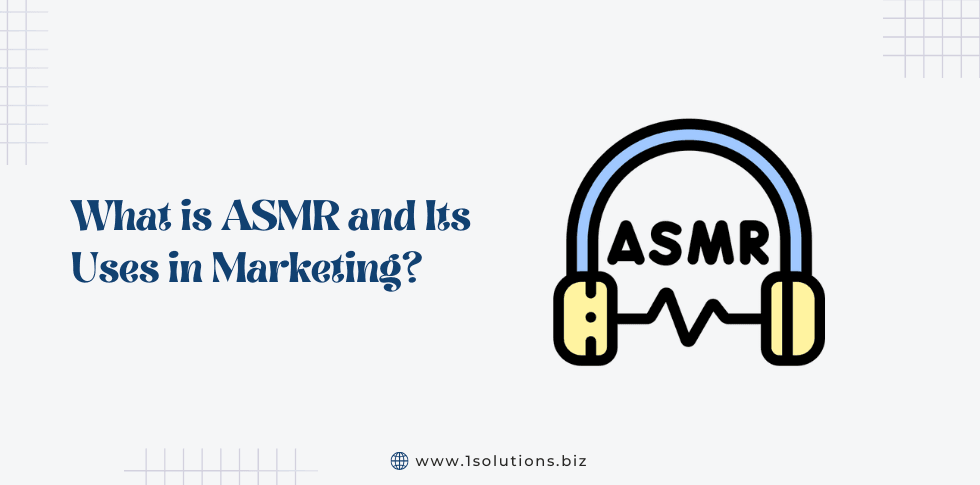

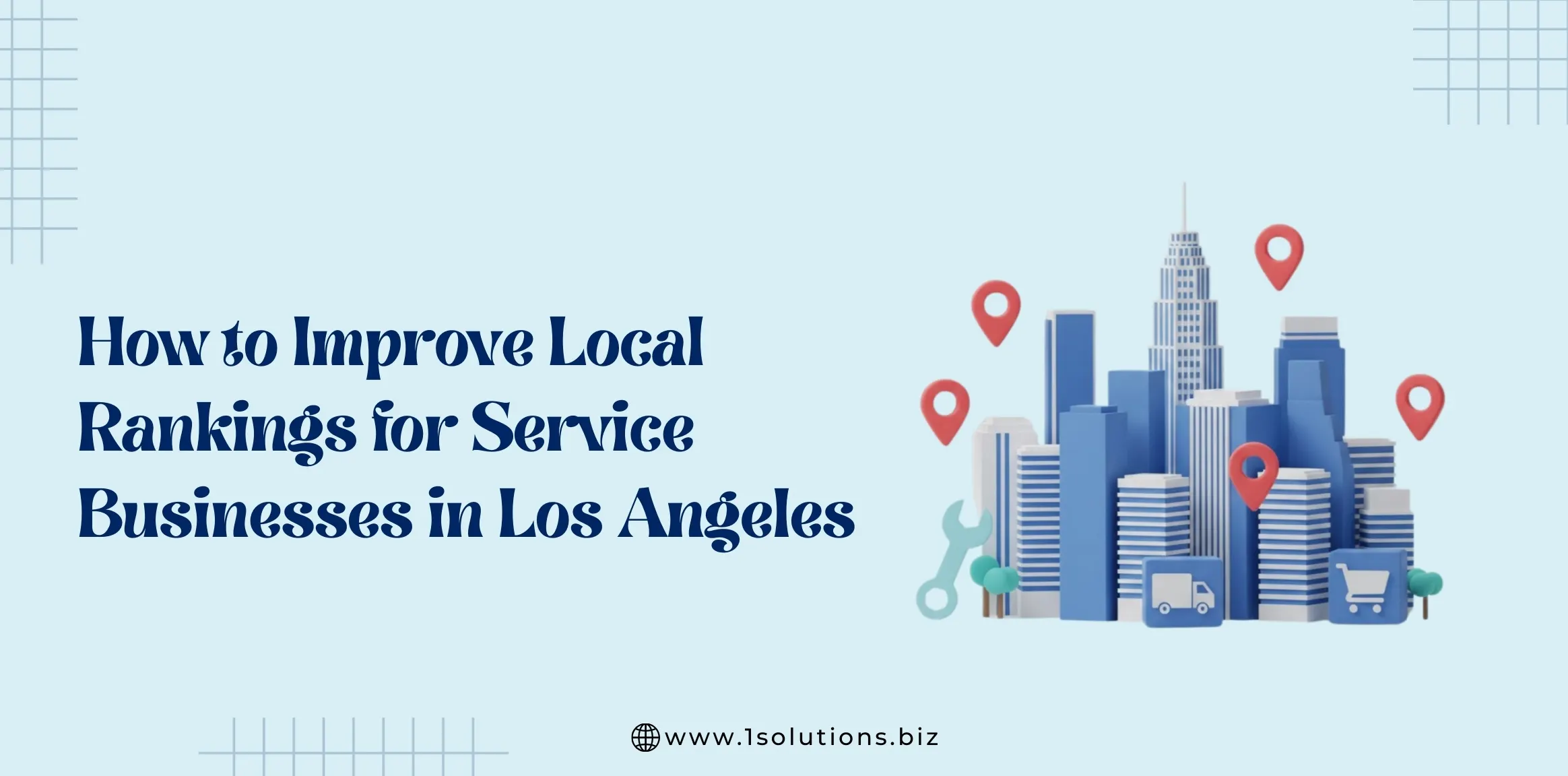
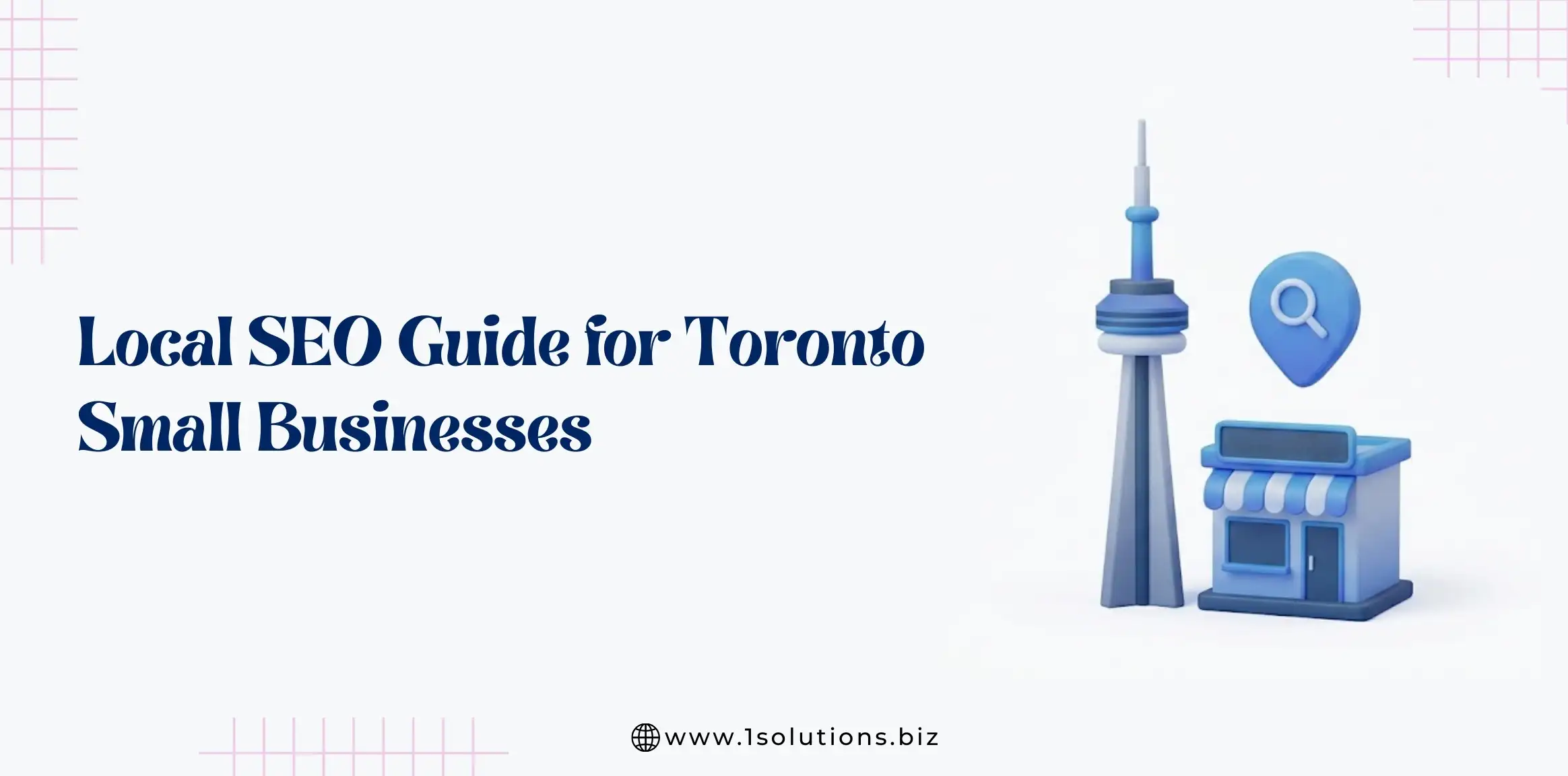
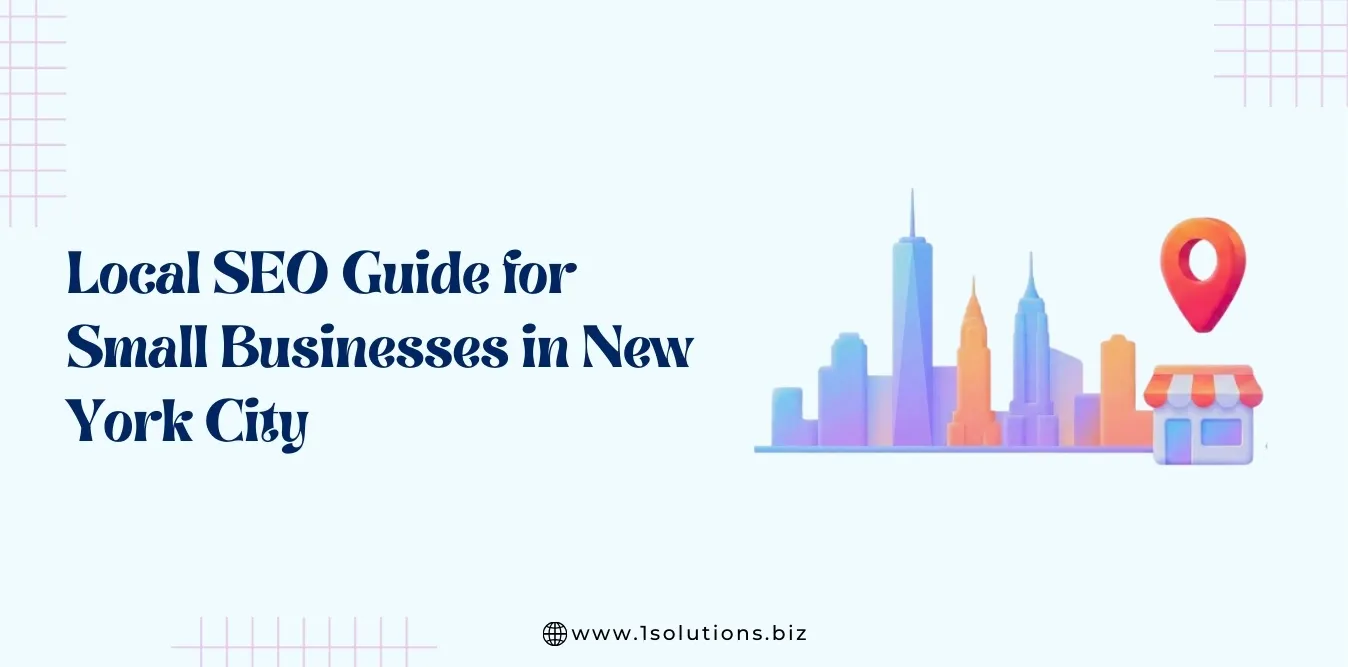
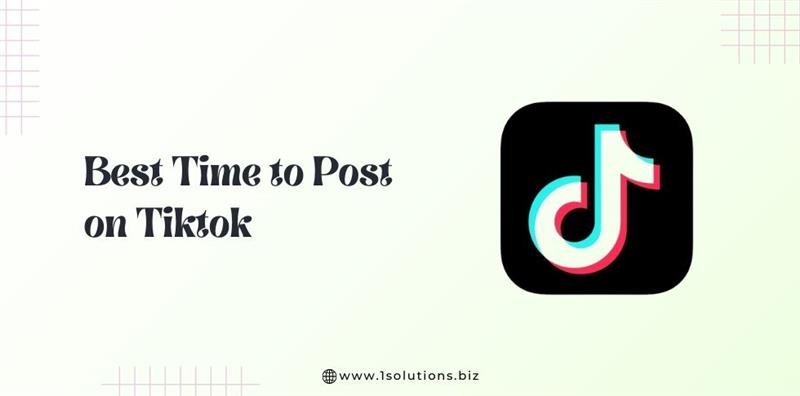
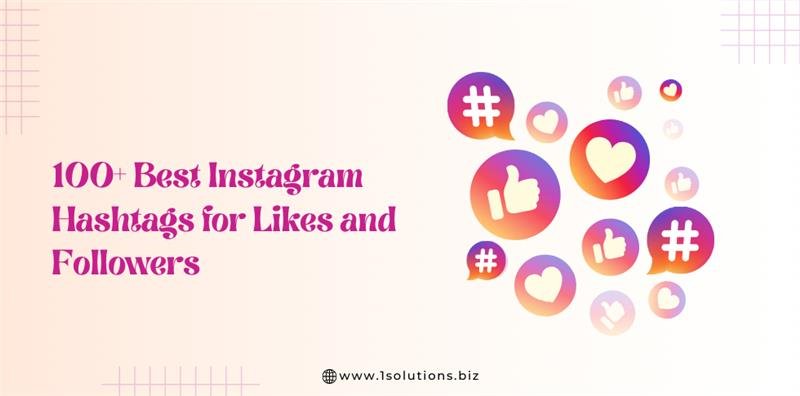
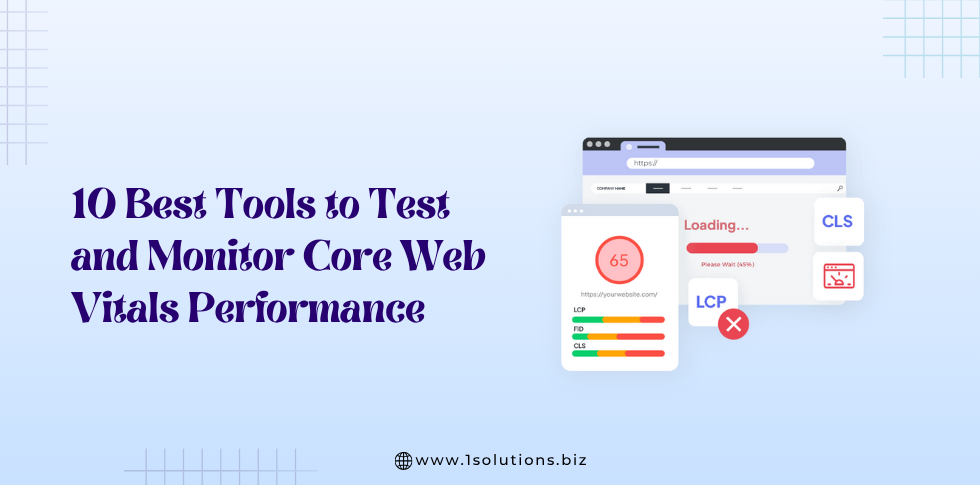




 in India
in India